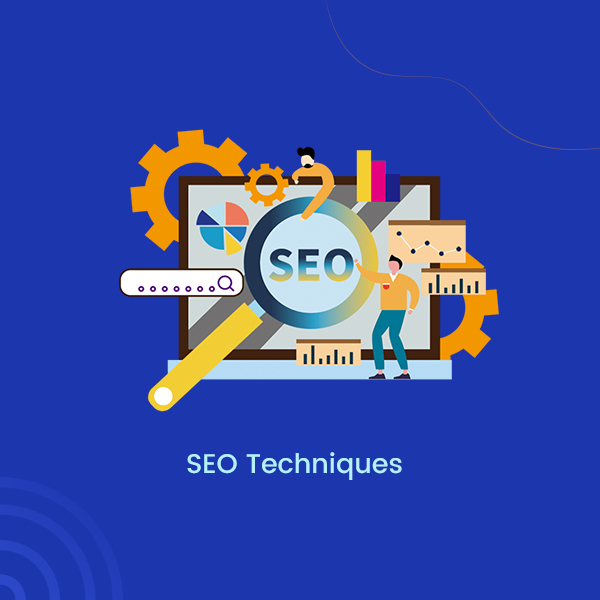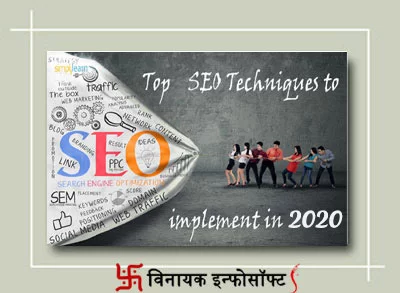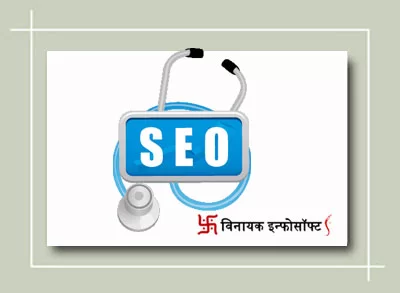
On Page SEO Techniques To Rank On First Page – 2019 Edition
Want to make your post Keyword targeted & drive more traffic? ..
Want to make it easier for search engine to understand what Keyword your blog should rank for?
If yes, you are about to learn the secret of making your blog post Keyword targeted.
When it comes to optimizing a website or blog posts, there are two factors that plays a big role. These two factors are On page optimization and Off page optimization. Today’s article, remain focused around On page optimization and I will be sharing some good on page SEO techniques you should implement while working on onpage aspects of your blog posts.



On Page SEO Techniques
Now, lets not confuse on page SEO optimization with Onsite SEO optimization. Talking about, on page SEO, we optimize our content for our target keyword. This includes use of proper heading, keyword placement, content quality and many other factors. We will look into them one by one in this detailed post.
Read : Importance of Keywords
Why do you need On Page Optimization:
So what’s the target of this post: This post will help you to write more search engine optimized article. Now, when I say SEO optimized article, many blogger think it’s a bad practice.
Search engine is nothing but a set of algorithms, it look into various factor to rank your page for certain Keyword. Now, here we will help search engine to pick the target Keyword from the post and make it more target able.
Here is a food of thought: When you publish a post, have you ever thought why you have not got 1st page ranking. ?
So when we do SEO optimization of post, it means we follow certain set of proven method to rank higher in search engine. Now ranking in Google, doesn’t only consider On page SEO score, but it also take care of many factors like Social media votes, back links, domain authority and many other offpage factor. Our goal here is to optimise our article in natural but smart way, so that search engine can easily pick the target keyword (Focus keyword) and thus, instead of raking for irrelevant long tail keyword, we will get more targeted visitors. Here is an interesting article which shows how on page optimization is not dead.
Before, you read more, I assume you know about Keyword research and you have found a Keyword for next post, which is going to be a perfect example of on page SEO optimized post. Here are latest 2019 On-page search engine factors :
On page SEO Ranking factors
As you can see from the above list, a lot has changed in 2019 and most important factors are relevant keywords, internal links. Above chart is prepared by search metrics team after analysing top pages from Google search. One thing which I highly recommend you to do from now on is to take advantage of adding videos in your blog post. Adding videos will not only increase the rich media on your post, it will also make users stay more on your blog post.
10 On page Optimization Techniques for Better ranking
1. Blog Post Title :
Most important On page factor which really plays a big role in deciding whether our blog posts will be doing well on search engines front is its title. We should make sure we are using targeted keywords or phrase towards the beginning of Title tag. We should not repeat the same keyword in title tag with the intension to get better rankings on Google, Yahoo and Bing. And we should keep limit Title Characters length to 65 Characters only with spaces.
2. Heading Tags :
You should use heading tags like h2, h3 and h4 etc to highlight various headings, sub-headings and important points. Our Title tag is used as h1 tag at single post level in WordPress. So we don’t need to use any h1 tag in our blog post body section. Also, don’t repeat H2 or H3 tags too many times, as it is considered as negative SEO practice. Here is what Matt Cutts has to say about repetition of H1 or any other heading tags.
3. Post Permalink Structure :
Then it’s about going ahead with a search engine optimized URL structure. Again, you should aim at using targeted keywords towards the beginning of blog post URL. You should avoid using special characters, symbols, brackets, comma’s etc as part of your post URL. Most of the times you should be using alphabets and numeric from 0-9 in your URL structure and use dashes to differentiate two strings in URL structure. Make sure to follow a pretty permalink instead of random strings in your permalink.
4. Keyword Density :
You should keep the keyword density to up to 1.5% percent with mix of LSI keywords. You should be using your main keyword once in first paragraph and then in the last paragraph apart from regular use in blog post content. You should use bold, italic and underline to highlight important keywords and phrases in your blog post. Here is official Matt Cutts comment on what’s the idle Keyword density:
5. Meta Tags :
You should add unique and relevant meta keyword and meta description with each of your blog post. Again, you should use your use targeted keyword in the meta description and meta keyword section. You should create a meta description tag which work as a summary for your blog post. You should limit meta description length to 160 characters including spaces. You should write user friendly meta description tags for better Click Through Rate (CTR) in search engines. Though, many search engine like Bing still prefer meta keywords but Google already made it clear that they don’t give any weight-age to Meta keywords. Here is official statement from Google regarding use of Meta Keywords:
6. Addition of Images :
We have already talked about Image optimization for SEO and it helps a lot in driving traffic from image search. Though, according to many case studies, Keyword in alt text in image and image title helps a lot to make your blog post more focus and targeted. Now add one or multiple images to your blog post. You should include targeted keyword as part of image name, image alt text etc. Availability of images makes our blog contents more interesting and attractive. While adding images, you should look out for small size images only. Addition of big size images will slow down your blog speed and will ultimately lower down your blog rankings as these days Google Started considering website speedas one of rankings factor on Google organic search.